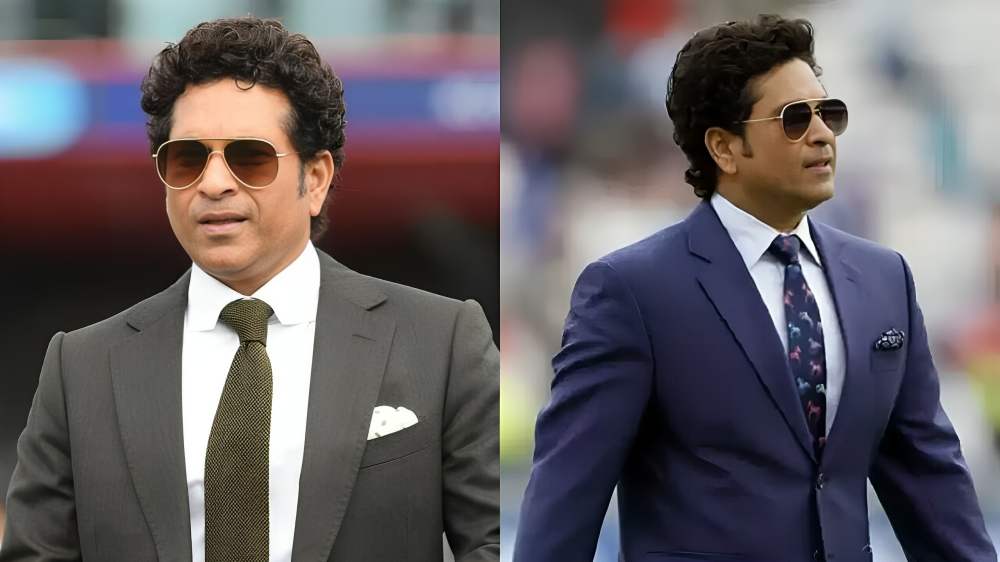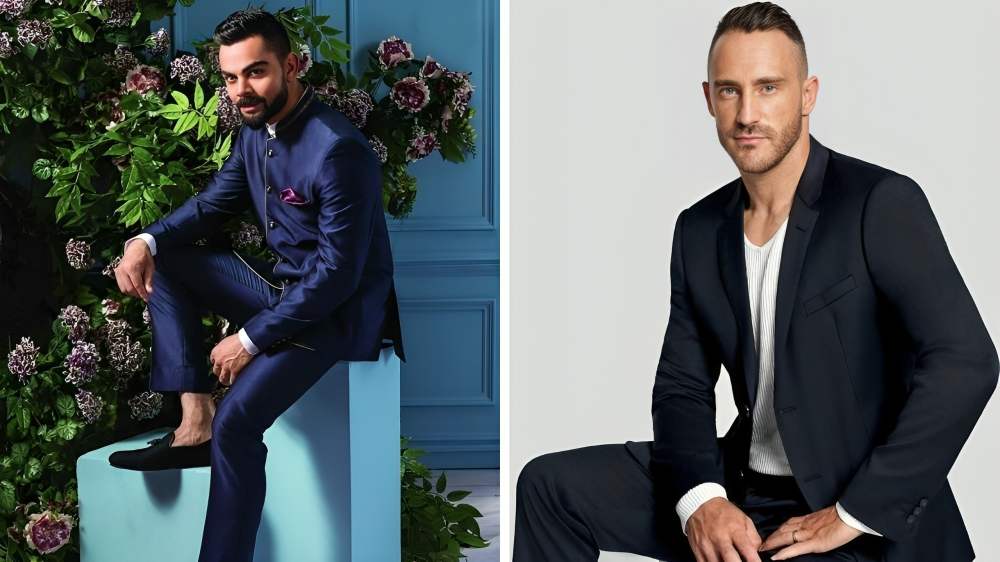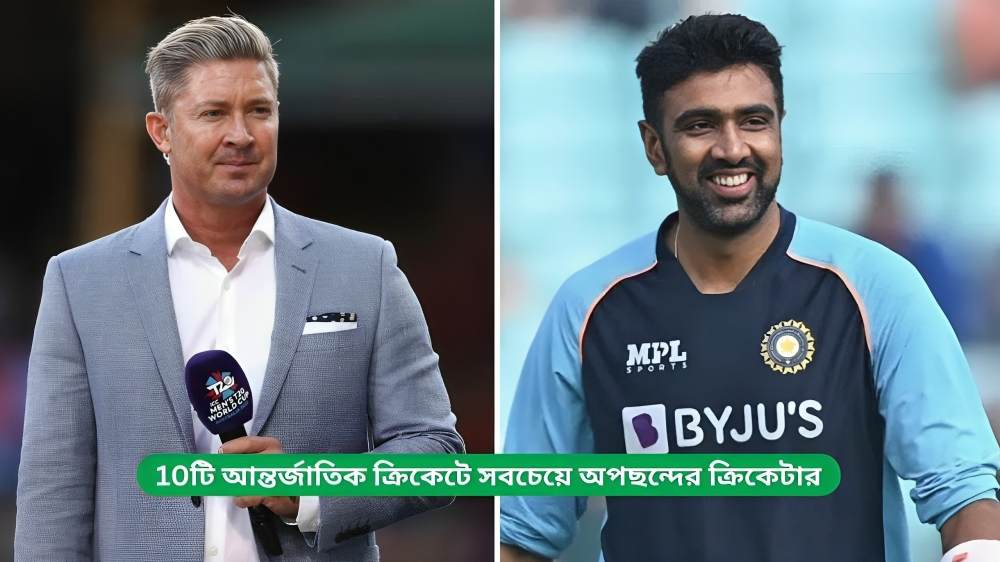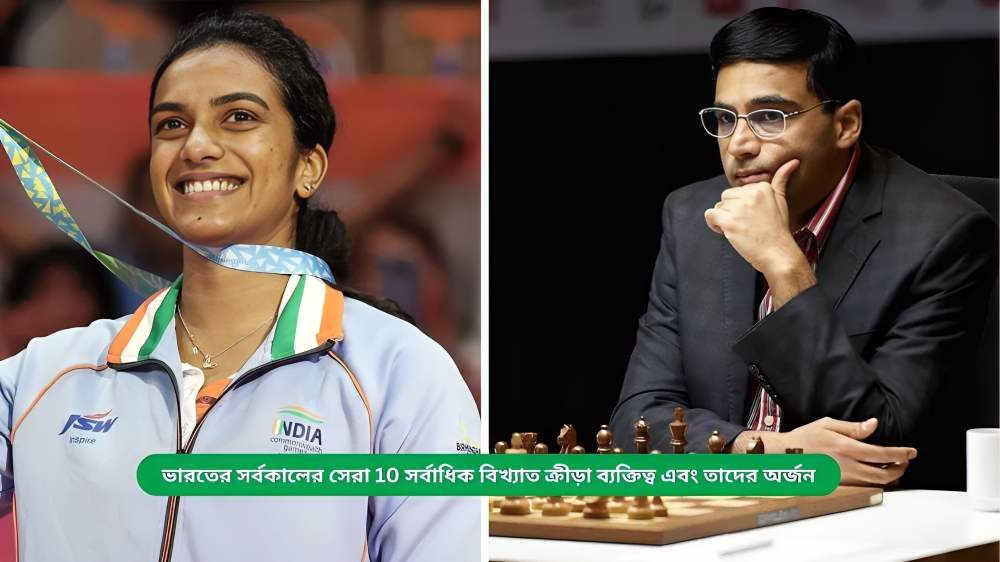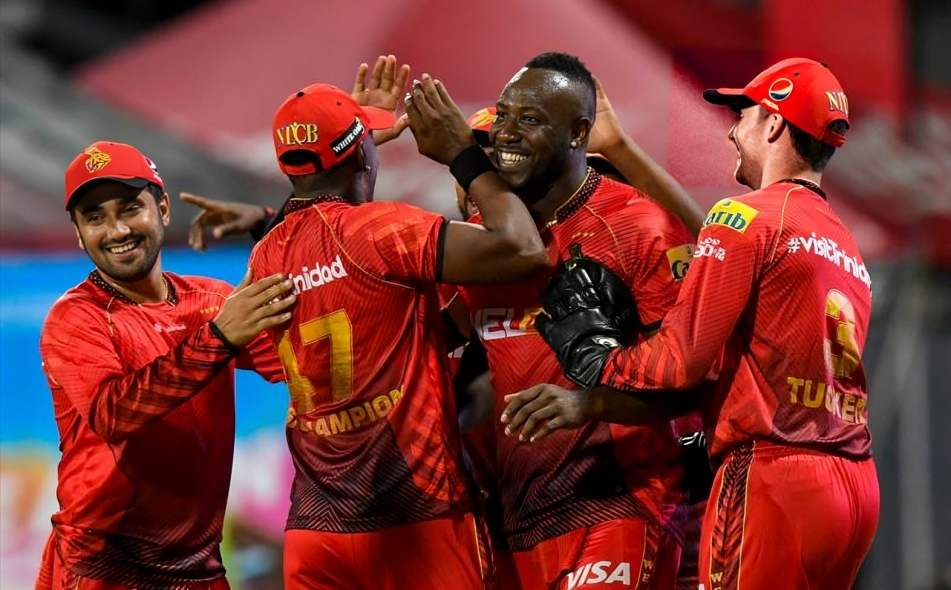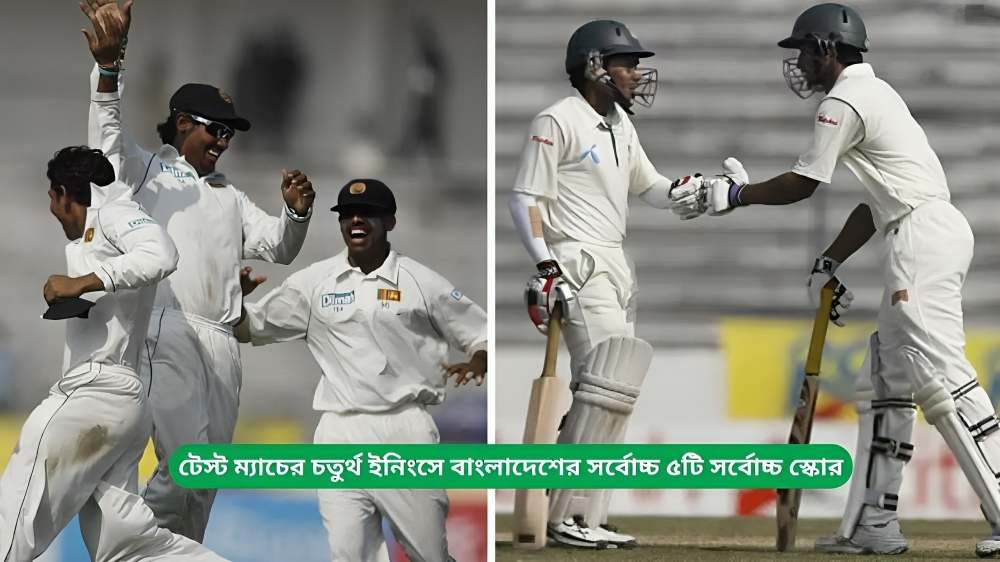10 Ways a Cricket Player Can Be Out: In cricket, there are 10 ways a batsman can be dismissed: bowled, caught, leg before wicket (LBW), run out, stumped, hit wicket, handled the ball, obstructing the field, hitting the ball twice, and timed out. These methods vary from frequent to rare occurrences, impacting the game’s strategic depth.
Table of Contents
Caught:

10 Ways a Cricket Player Can Be Out: In cricket, if a fielder catches the ball on the full (before it touches the ground) but either touches or steps over the boundary line during or immediately after the catch, it counts as a six. This rule prevents the fielder from being considered in control of the catch since contact with the boundary or going over it implies that the ball has effectively crossed the field of play. In such cases, the batsman is not out, and the team earns six runs.
Bowled:
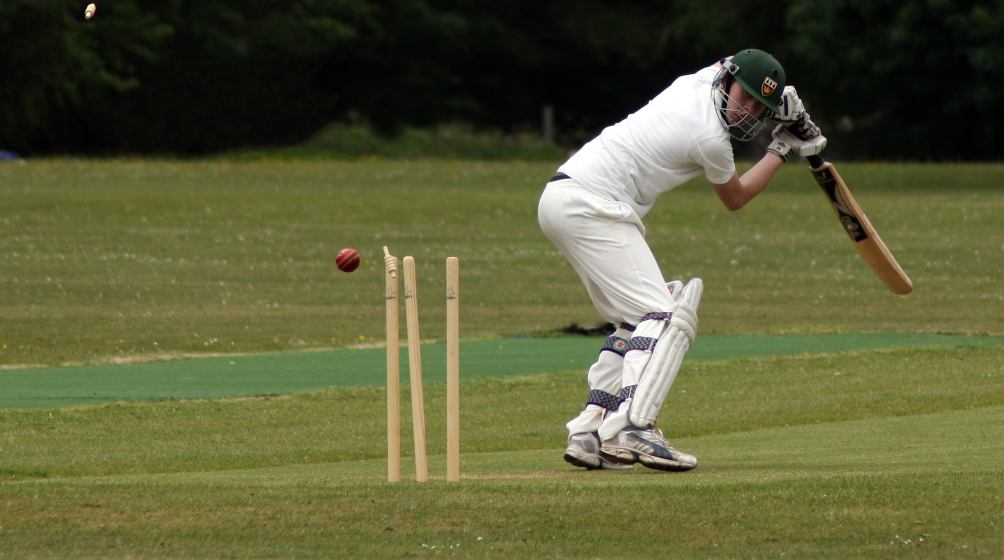
If a batsman misses the ball and it directly hits and breaks the stumps from the bowler’s delivery, the batsman is out, regardless of whether they are behind the popping crease. This dismissal is known as “bowled.” A batsman is also out bowled if the ball breaks the stumps after deflecting off their bat or body. However, if the ball hits the stumps but does not dislodge the bails, the batsman remains not out. This rule applies to ensure the wicket is broken for the bowled dismissal to be valid.
Leg Before Wicket:
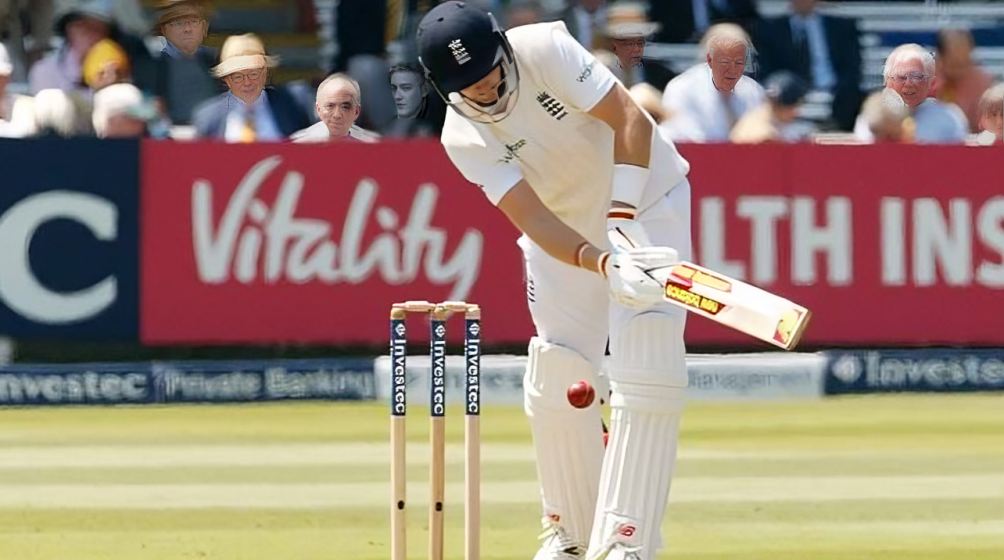
In cricket, the Leg Before Wicket (LBW) rule applies if a batsman blocks the ball with their body, rather than the bat when the ball would have otherwise hit the stumps. For an LBW decision, the fielding team must appeal to the umpire, typically with an enthusiastic “Howzat?” or “How’s that?”
An LBW dismissal has specific conditions:
- Pitching Outside Leg Stump: If the ball bounces outside an imaginary line extending from the leg stump, the batsman cannot be out LBW.
- Shot Attempt and Ball Position: If the batsman tries to play a shot and misses, they can only be given out if the ball strikes them in line with the stumps (within imaginary lines drawn down from the outside edges of the leg and off stumps).
- No Shot Attempt: If the batsman does not attempt a shot, LBW can apply as long as the umpire believes the ball would hit the stumps, regardless of the point of impact.
- Contact with Bat First: If the ball hits the bat before striking the batsman’s body, LBW is ruled out.
Each LBW decision is at the discretion of the umpire based on these factors.
Stumped:
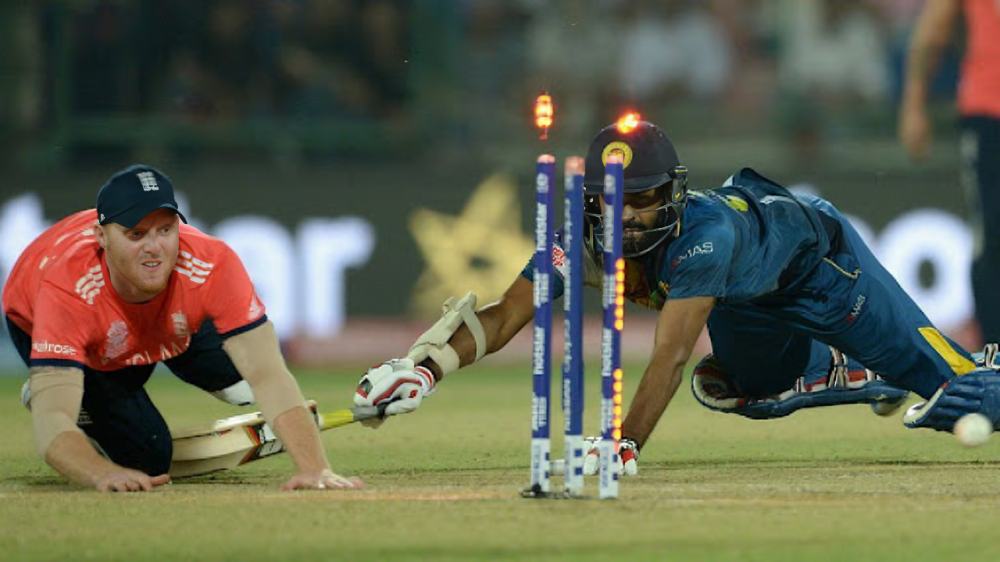
10 Ways a Cricket Player Can Be Out: In cricket, a batsman is out-stumped if they miss the ball while attempting to play it and steps outside the crease. If the wicketkeeper catches the ball and breaks the wicket (by hitting the stumps with the ball) before the batsman can get any part of their body or bat back behind the crease, the batsman is dismissed. This type of dismissal occurs only when the wicketkeeper accomplishes this before the batsman is “grounded” behind the crease line.
Run Out: (10 Ways a Cricket Player Can Be Out)

A run out occurs in cricket when a batsman, either attempting a run or returning to their crease after a stopped run, is dismissed by a fielder who breaks the wicket with the ball while the batsman is outside the crease. The fielder can do this by hitting the stumps directly with the ball or by touching the stumps with a hand that holds the ball. The non-striker can also be run out if the bowler deflects a hit ball onto their wicket while they’re out of their crease. However, if the ball directly hits the non-striker’s wicket without fielder contact, the non-striker is not out. Additionally, if the non-striker leaves the crease early, the bowler can run them out before delivering the ball. Importantly, run outs cannot happen when the ball is “dead,” allowing batsmen to confer mid-pitch between deliveries.
Hit Wicket:
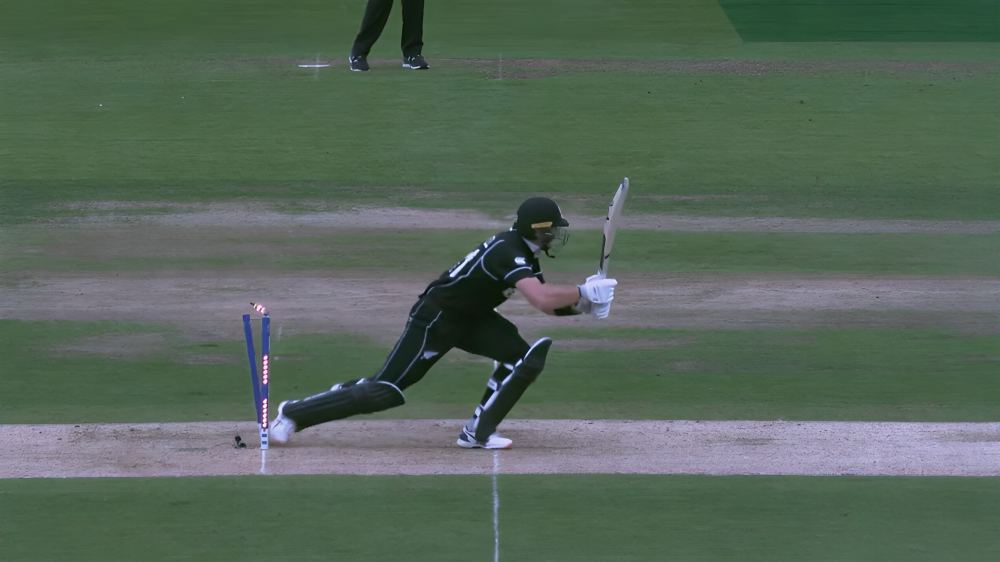
A hit wicket dismissal occurs when a batsman accidentally breaks their own wicket while attempting a shot or setting off for a run. This can happen if the batsman dislodges the bails or hits the stumps with any part of their body, bat, or even a piece of dislodged equipment, like a helmet or spectacles. As long as the wicket is broken due to the batsman’s action during their attempt to play the ball or start a run, they are out by hit wicket.
Handle The Ball:
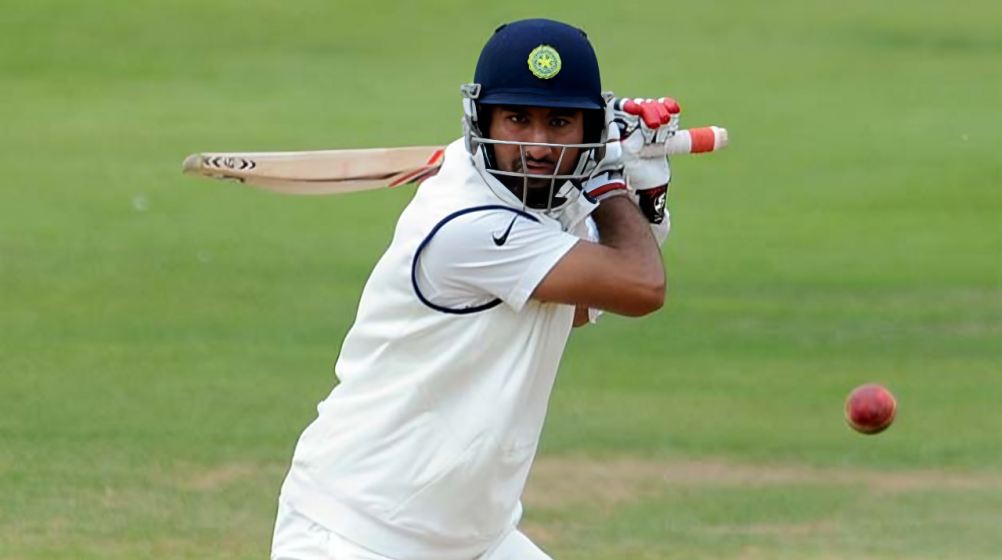
A batsman is out for handling the ball if they deliberately touch the ball with a hand not holding the bat without permission from the fielding side. This dismissal applies only if the action is intentional, such as moving the ball away from the stumps. Incidental contact, like being hit on the hand by the delivery, does not result in dismissal for handling the ball.
Obstructing The Field:
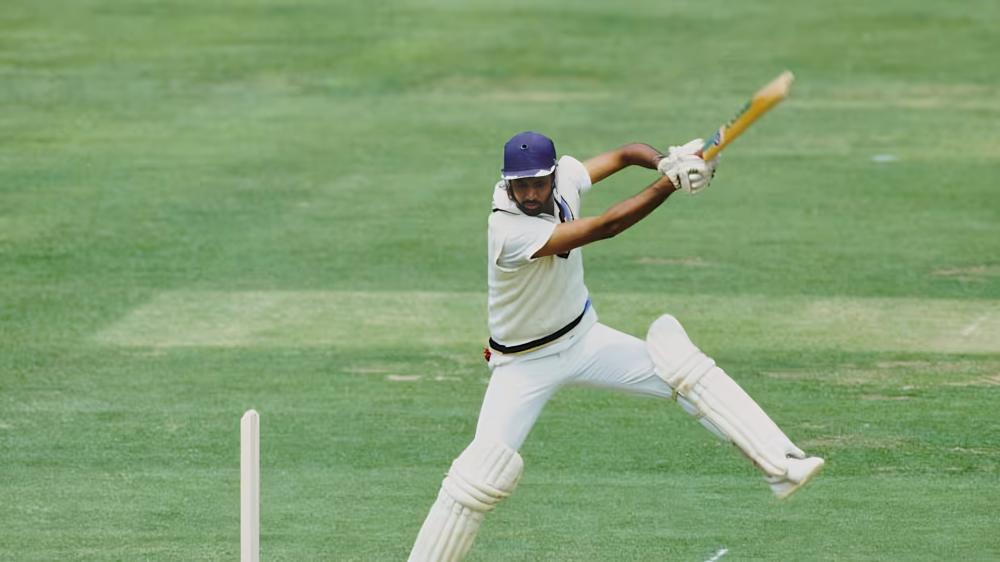
A batsman is out for obstructing the field if they deliberately interfere with the fielders’ efforts to gather the ball or make a run-out. This includes intentional acts like swatting the ball away but does not apply to legally running between the ball and the stumps to avoid a throw, which is allowed.
Hit The Ball Twice:
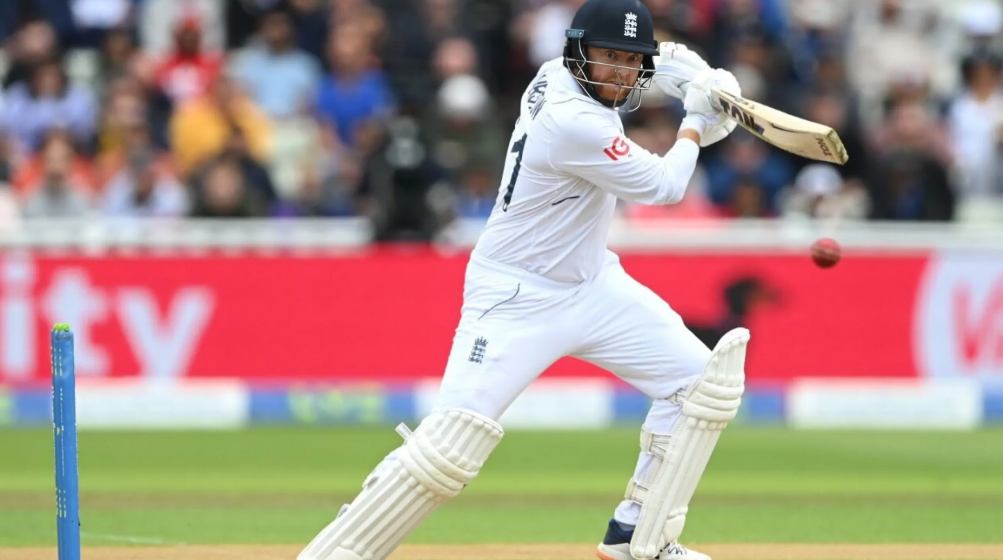
A batsman is out for hitting the ball twice if they intentionally strike the ball again with the bat after the initial hit, unless done to prevent the ball from breaking the wicket. If the ball is near the stumps, the batsman can defend it to avoid being bowled but cannot attempt to score runs by doing so.
Timed Out:
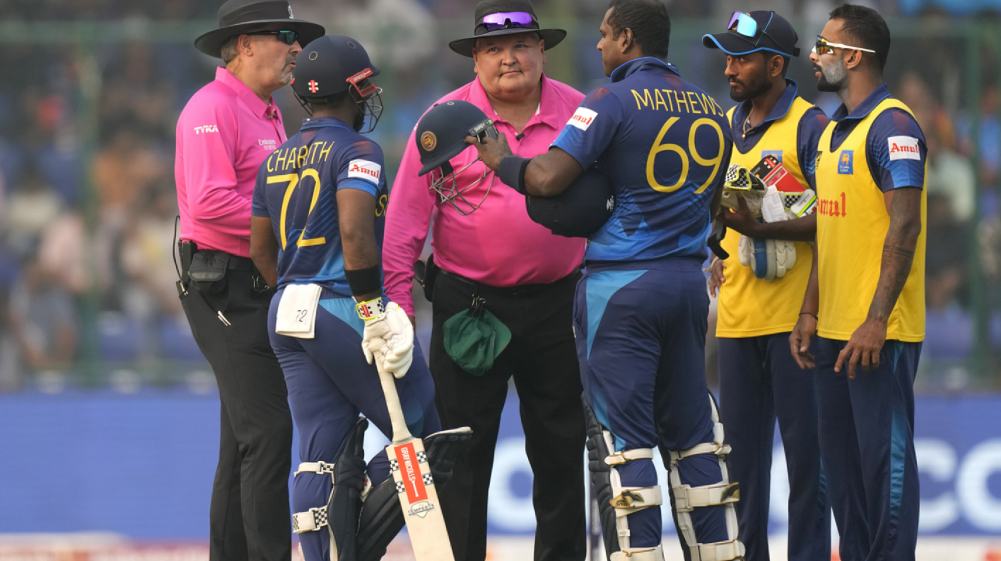
A batsman is out for timed out if they take more than two minutes to appear on the field after the previous wicket falls.
The methods of dismissal in cricket range from common to rare occurrences. The first five are relatively frequent, while the last five are less common, with the final three methods rarely seen in play.


